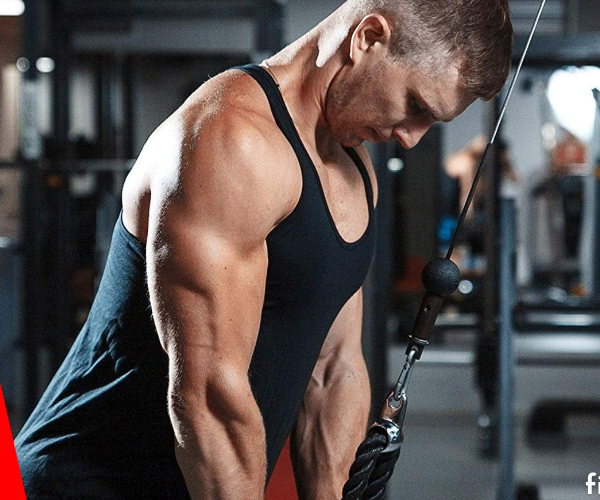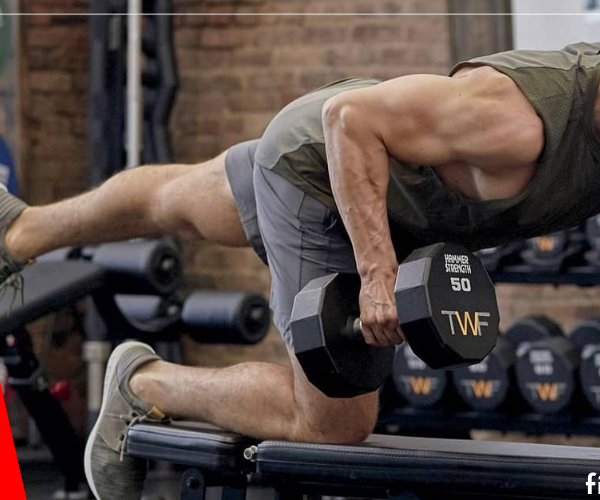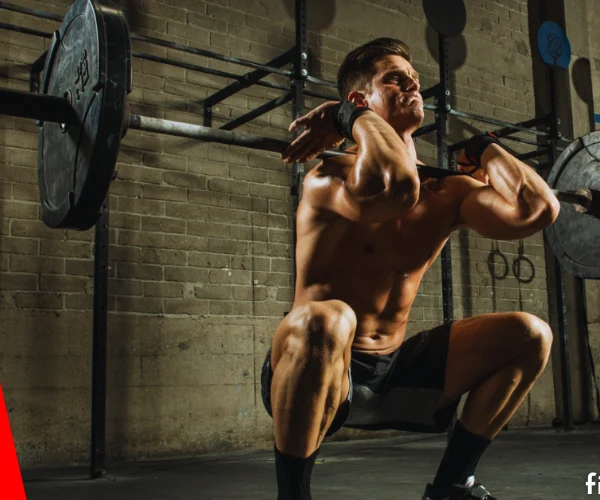Building a strong back is not just about aesthetics; it’s essential for overall strength, posture, and injury prevention. The back is composed of several major muscle groups that work together to support your spine, allow for a range of upper body movements, and stabilize your core. While there are various ways to target these muscles, using a cable machine offers unique advantages that free weights or bodyweight exercises may not provide.
Why Use Cables for Back Workouts?
Cables are incredibly effective for back workouts because they allow you to maintain constant tension on your muscles throughout the entire range of motion. Unlike free weights, where gravity can sometimes reduce the load on your muscles at certain points, cables ensure that your muscles are working hard from start to finish. Additionally, the adjustable pulleys and wide range of attachments make cables one of the most versatile tools in the gym.
Table of Contents
Understanding the Muscles of the Back

Before diving into the workouts, it’s important to understand the major muscles you’ll be targeting:
- Latissimus Dorsi (Lats): These are the large, V-shaped muscles that give your back its width.
- Trapezius (Traps): Located in the upper back, traps are crucial for movements involving the shoulders and neck.
- Rhomboids: These muscles connect the spine to the shoulder blades, playing a key role in posture.
- Erector Spinae: These are the muscles that run along your spine, helping with posture and movement.
- Teres Major and Minor: Located near the lats, these muscles help in the rotation and movement of the arm.
How Cables Target Different Back Muscles
Cables allow for a full range of motion and can be adjusted to target different parts of your back. For example, by adjusting the height of the pulley, you can shift the focus from your lats to your traps or rhomboids, making it easier to isolate specific muscles.
Benefits of Using Cables for Back Workouts
Consistent Tension
One of the main benefits of using cables is the consistent tension they provide. This constant resistance ensures that your muscles are engaged throughout the entire movement, leading to better muscle activation and growth.
Range of Motion
Cables allow for a greater range of motion compared to free weights, which is crucial for fully engaging your back muscles. This increased range helps in developing strength and flexibility simultaneously.
Versatility in Exercises
With cables, you can perform a wide variety of exercises that target different areas of your back. Whether you’re doing lat pulldowns, rows, or shrugs, the cable machine can adapt to your needs.
Safety Tips for Cable Back Workouts
Proper Form and Posture
Maintaining proper form and posture is crucial when performing cable back exercises. Always keep your spine neutral, engage your core, and avoid hunching your shoulders.
Adjusting the Weight and Resistance
Start with a manageable weight and gradually increase the resistance as you become more comfortable with the movements. This will help prevent injury and ensure you’re using the correct muscles.
Warm-Up and Cool-Down Recommendations
Always warm up your muscles before starting your workout to prevent injury. A proper cool-down, including stretching, will help your muscles recover and reduce soreness.
Workout 1: Lat Pulldown

How to Perform Lat Pulldowns
- Sit on the lat pulldown machine and adjust the knee pad to fit snugly against your thighs.
- Grasp the bar with a wide overhand grip.
- Pull the bar down towards your chest, focusing on using your lats.
- Slowly return the bar to the starting position.
Benefits of Lat Pulldowns
Lat pulldowns primarily target your latissimus dorsi, helping to create that coveted V-shaped back. They also engage your biceps and shoulders.
Variations of Lat Pulldowns
Try using different grips (narrow, underhand, neutral) to target different parts of your lats and biceps.
Workout 2: Seated Cable Row

How to Perform Seated Cable Rows
- Sit at the cable row machine and place your feet on the footplate.
- Grasp the handle with both hands and sit upright.
- Pull the handle towards your torso, squeezing your shoulder blades together.
- Slowly return to the starting position.
Benefits of Seated Cable Rows
This exercise targets the middle of your back, specifically the rhomboids and traps. It’s also great for improving posture.
Variations of Seated Cable Rows
Try using a wide grip or a single handle to isolate different muscles.
Workout 3: Straight Arm Pulldown
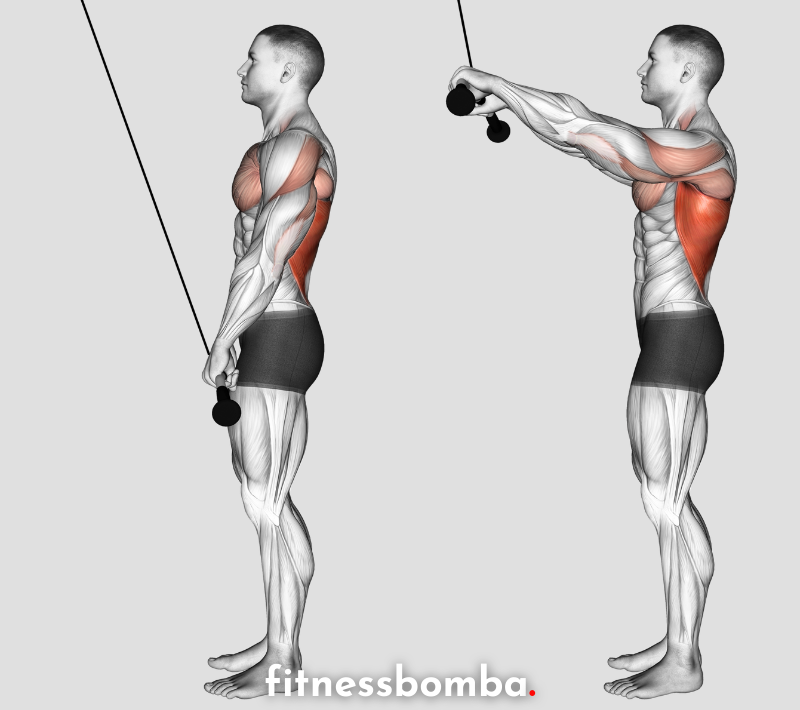
How to Perform Straight Arm Pulldowns
- Stand facing a cable machine with a straight bar attached to a high pulley.
- Grasp the bar with both hands, keeping your arms straight.
- Pull the bar down towards your thighs, focusing on using your lats.
- Slowly return the bar to the starting position.
Benefits of Straight Arm Pulldowns
This exercise isolates the lats without engaging the biceps, making it a great addition to your back routine.
Common Mistakes to Avoid
Avoid using too much weight, which can cause you to use momentum instead of engaging your lats.
Workout 4: Face Pull
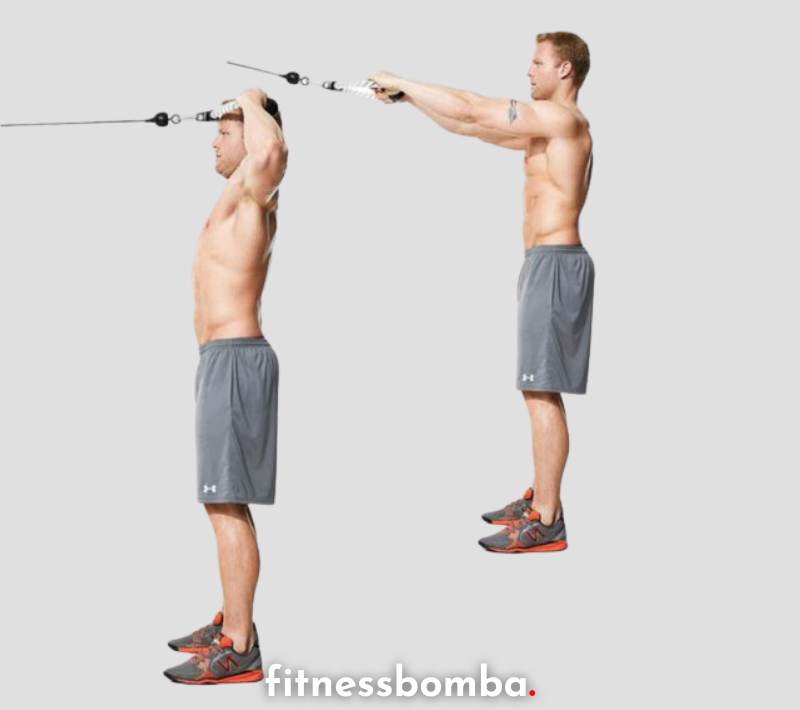
How to Perform Face Pulls
- Attach a rope to a high pulley and stand facing the machine.
- Grasp the rope with both hands and pull it towards your face, keeping your elbows high.
- Squeeze your shoulder blades together at the end of the movement.
- Slowly return to the starting position.
Benefits of Face Pulls
Face pulls are excellent for targeting the rear delts and upper traps, which are often neglected in traditional back workouts.
Variations of Face Pulls
You can perform face pulls in a seated position or with a different attachment, such as a bar.
Workout 5: Single-Arm Cable Row

How to Perform Single-Arm Cable Rows
- Stand facing a cable machine with a single handle attached to a low pulley.
- Grasp the handle with one hand and pull it towards your torso, keeping your elbow close to your body.
- Slowly return to the starting position.
Benefits of Single-Arm Cable Rows
This unilateral exercise helps to correct muscle imbalances and improves coordination between your back and core muscles.
Adjusting the Resistance
You can easily adjust the resistance by moving closer to or farther from the machine.
10 Powerful Cable Arm Workouts to Boost Your Strength
Workout 6: Cable Shrugs
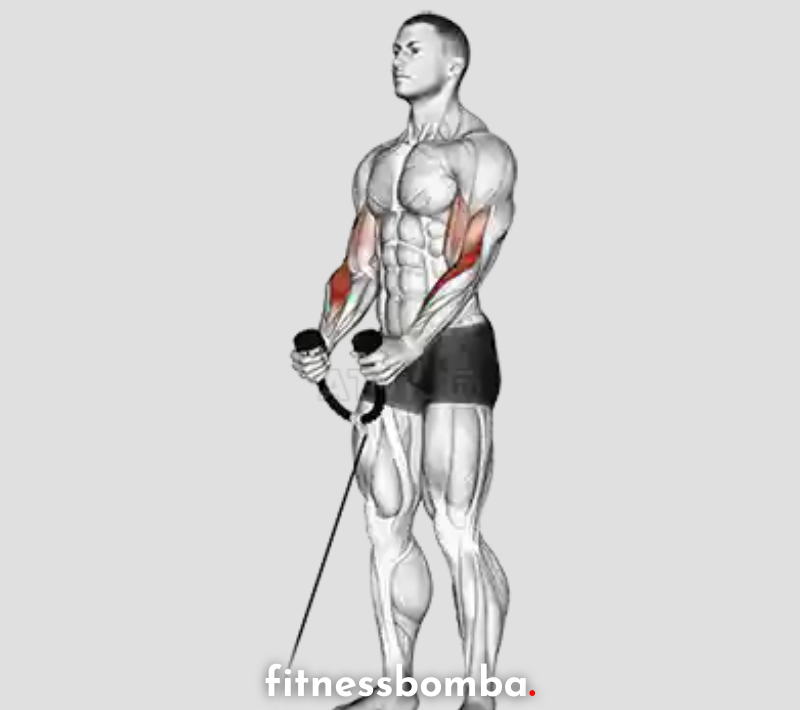
How to Perform Cable Shrugs
- Stand facing a cable machine with a bar attached to a low pulley.
- Grasp the bar with both hands and stand upright.
- Shrug your shoulders towards your ears, keeping your arms straight.
- Slowly return to the starting position.
Benefits of Cable Shrugs
Shrugs are great for building your upper traps, which are important for shoulder stability and posture.
Tips for Maximizing Results
Hold the top position for a second or two to fully engage your traps and avoid using momentum.
Workout 7: Cable Deadlifts
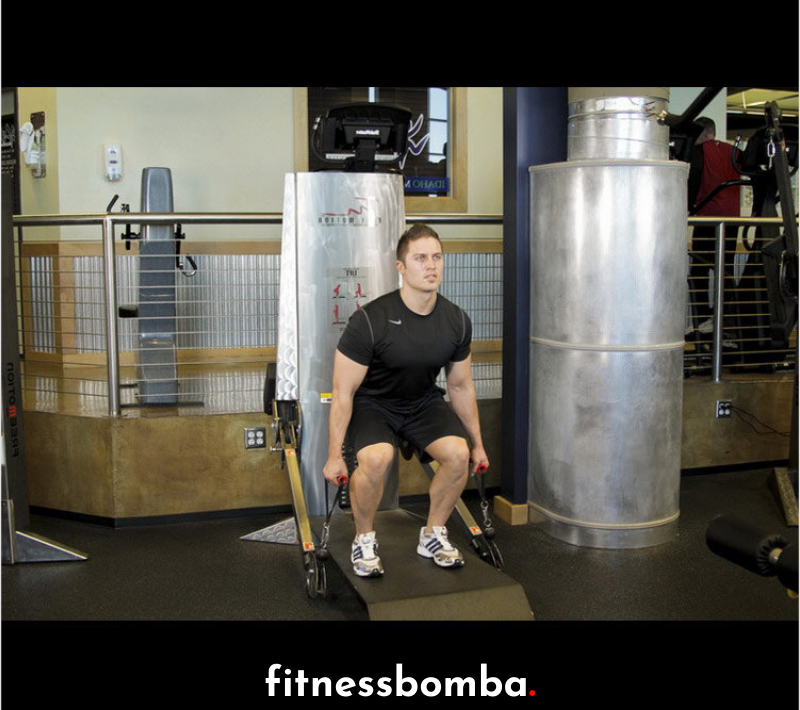
How to Perform Cable Deadlifts
- Attach a straight bar to a low pulley and stand facing the machine.
- Grasp the bar with both hands and stand upright.
- Hinge at your hips to lower the bar towards the floor, keeping your back straight.
- Return to the starting position by extending your hips.
Benefits of Cable Deadlifts
Cable deadlifts target the entire posterior chain, including the lower back, glutes, and hamstrings, making them a great addition to any back routine.
Safety Tips for Cable Deadlifts
Ensure you maintain a neutral spine throughout the movement to avoid injury.
Workout 8: Cable Pull-Through
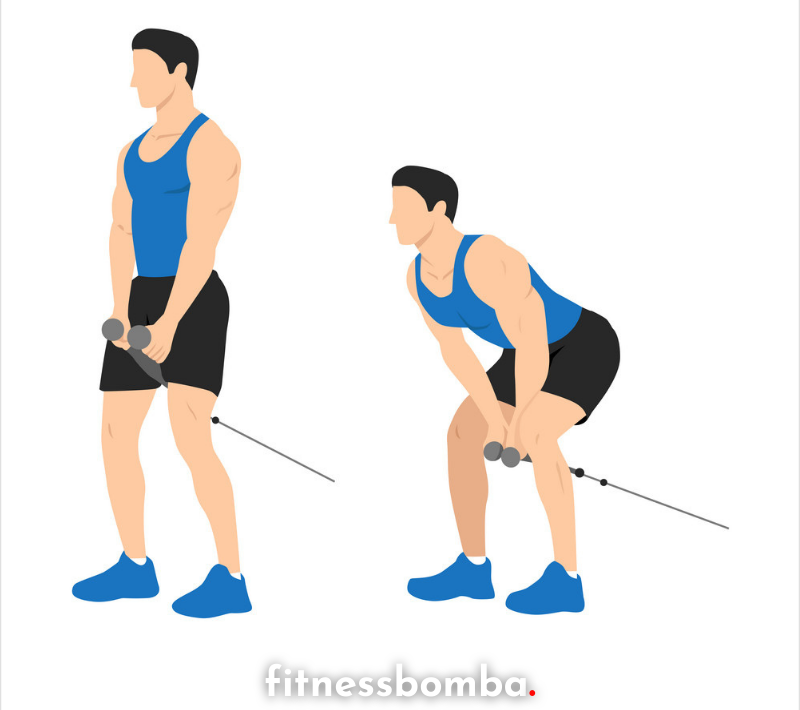
How to Perform Cable Pull-Throughs
- Attach a rope to a low pulley and stand facing away from the machine.
- Grasp the rope between your legs and step forward to create tension.
- Hinge at your hips to pull the rope through your legs, then return to the starting position.
Benefits of Cable Pull-Throughs
This exercise targets the glutes and lower back, helping to strengthen your entire posterior chain.
Common Mistakes to Avoid
Avoid rounding your back during the movement, which can lead to injury.
Workout 9: Cable Reverse Fly
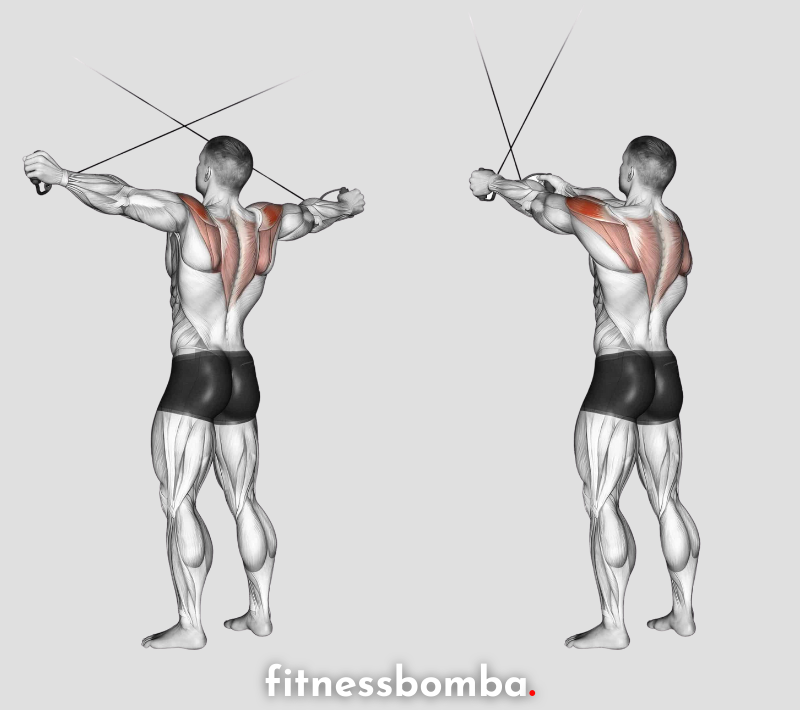
How to Perform Cable Reverse Flys
- Stand facing a cable machine with two handles attached to a low pulley.
- Grasp the handles with both hands and cross them in front of your body.
- Pull the handles out to your sides, squeezing your shoulder blades together.
- Slowly return to the starting position.
Benefits of Cable Reverse Flys
Reverse flys target the rear delts and upper back, helping to improve posture and shoulder stability.
Variations of Cable Reverse Flys
Try performing this exercise seated or with a different grip to target different muscles.
Workout 10: Cable T-Bar Row
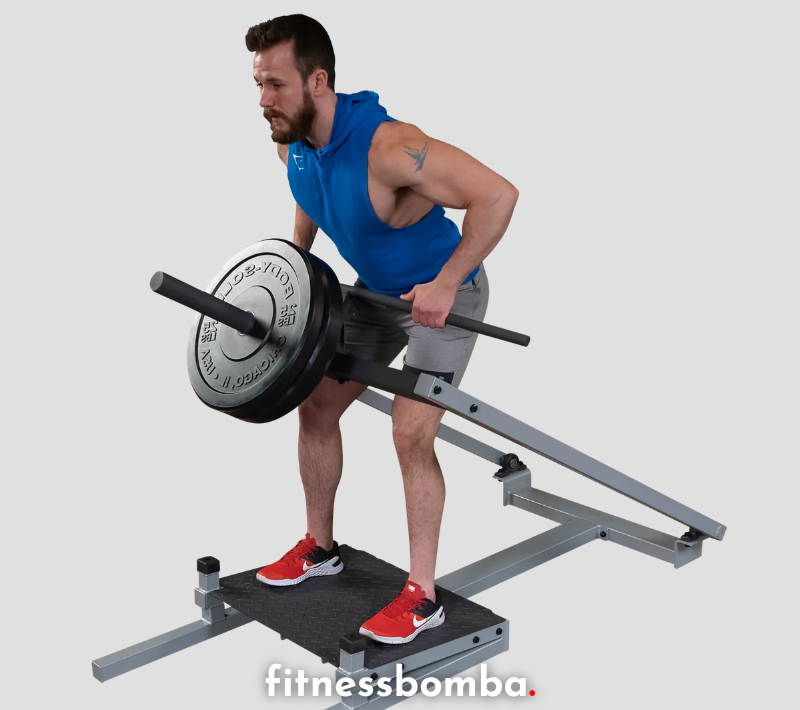
How to Perform Cable T-Bar Rows
- Attach a straight bar to a low pulley and stand facing the machine.
- Grasp the bar with both hands and stand upright.
- Pull the bar towards your chest, keeping your elbows close to your body.
- Slowly return to the starting position.
Benefits of Cable T-Bar Rows
T-Bar rows are excellent for building thickness in your upper back, targeting the rhomboids, traps, and lats.
Adjusting for Maximum Gains
Experiment with different grips and foot positions to target different areas of your back.
Conclusion
Cable exercises offer a fantastic way to build a strong, sculpted back. The versatility and consistent tension provided by cables make them an essential tool in any back workout routine. By incorporating these ten exercises into your routine, you’ll be well on your way to developing a powerful and aesthetically pleasing back. Remember to focus on proper form, start with manageable weights, and adjust the resistance as you progress.
FAQs
Q1: Can cable back workouts replace free weights?
Cable workouts can be as effective as free weights, but ideally, they should complement each other in a well-rounded routine.
Q2: How often should I do cable back workouts?
Aim for 2-3 times a week, allowing for adequate rest and recovery between sessions.
Q3: Are cable back workouts suitable for beginners?
Yes, cables are great for beginners because they offer controlled movements and adjustable resistance.
Q4: What should I pair with back workouts for a full-body routine?
Pair back workouts with exercises targeting your chest, legs, and core for a balanced routine.
Q5: How can I progress with cable back workouts?
Gradually increase the weight, try different attachments, and experiment with new exercises to keep challenging your muscles.

